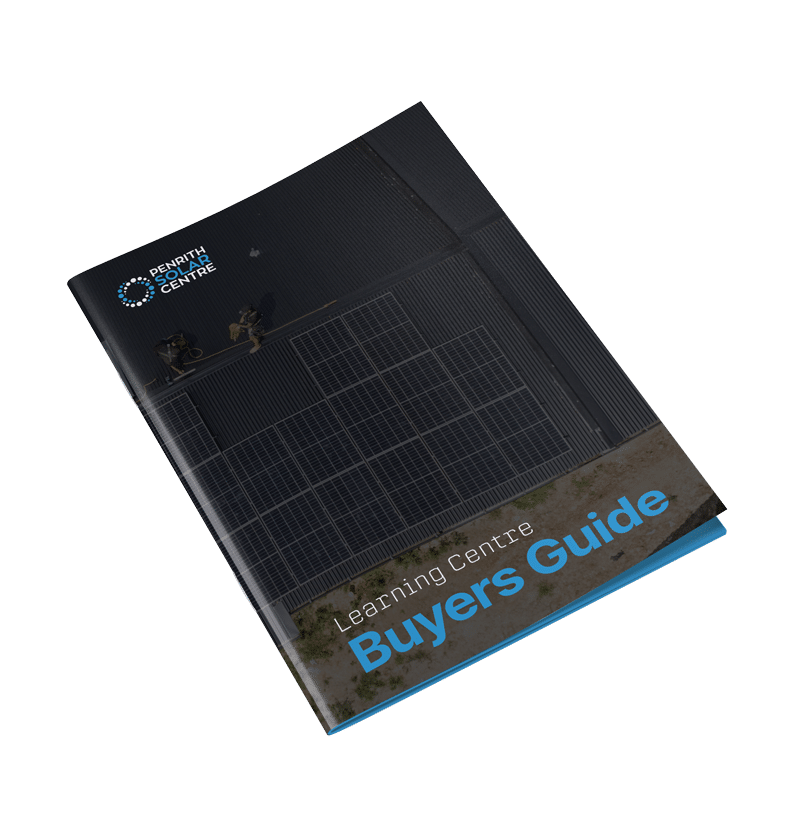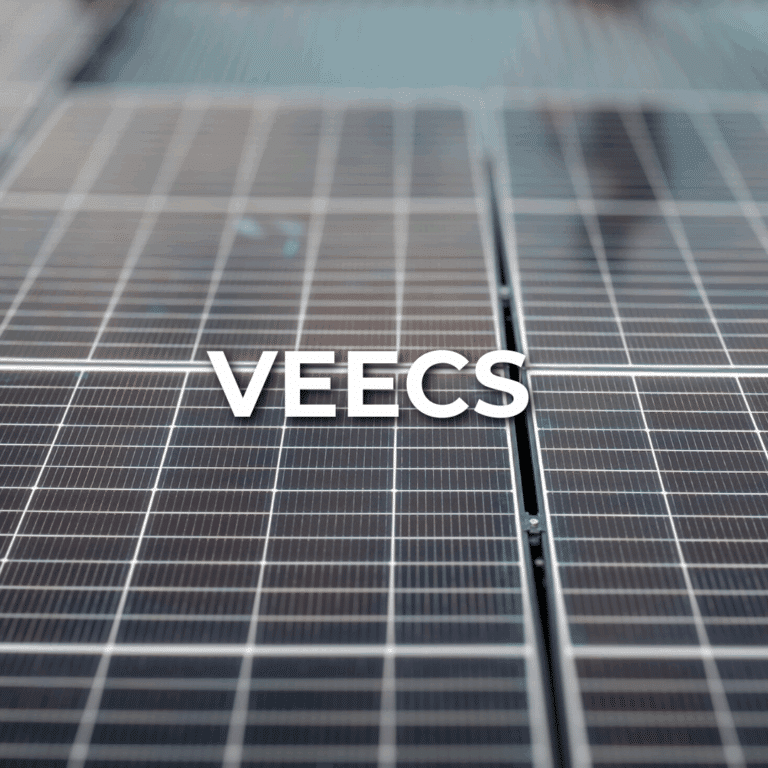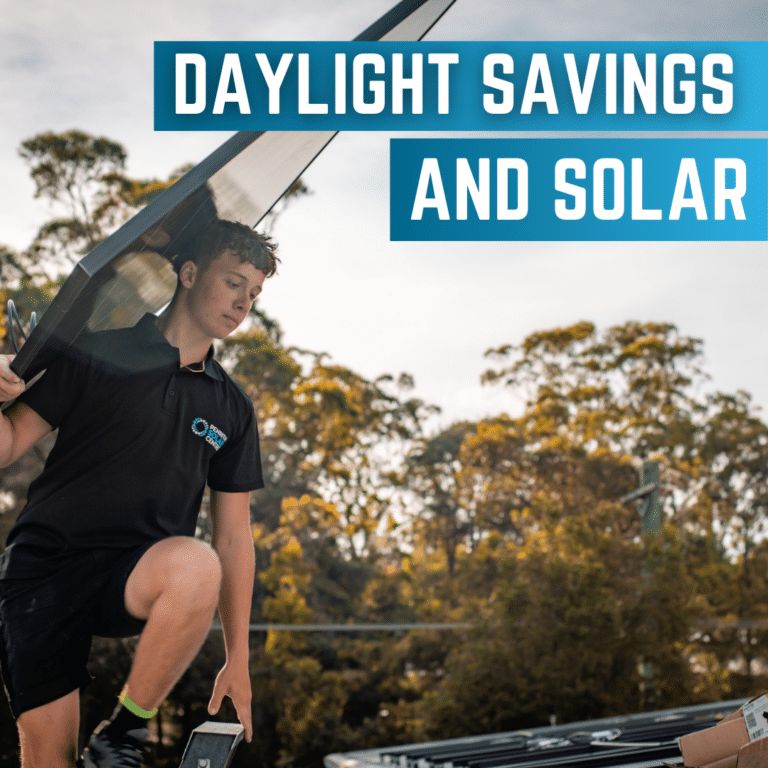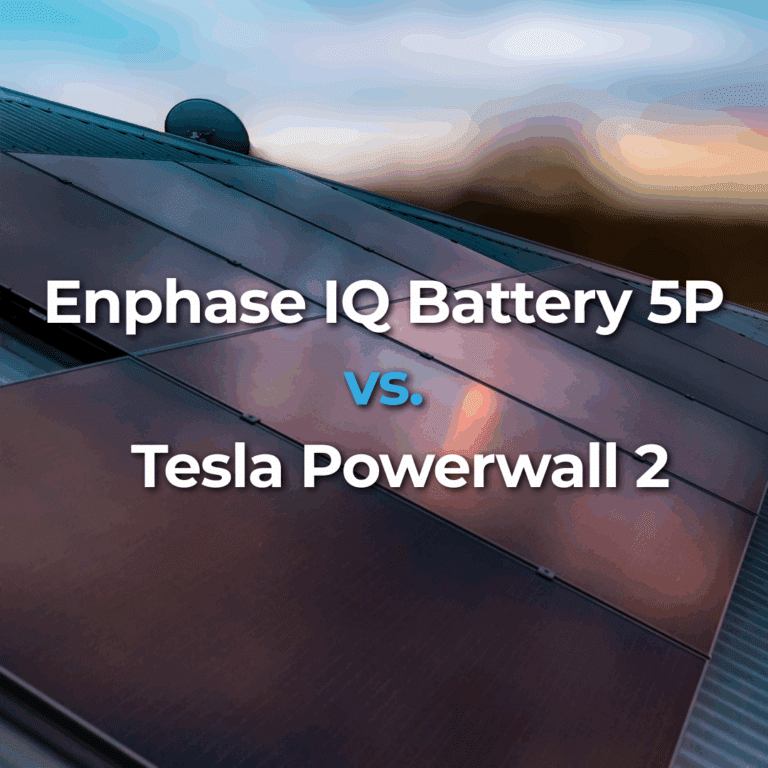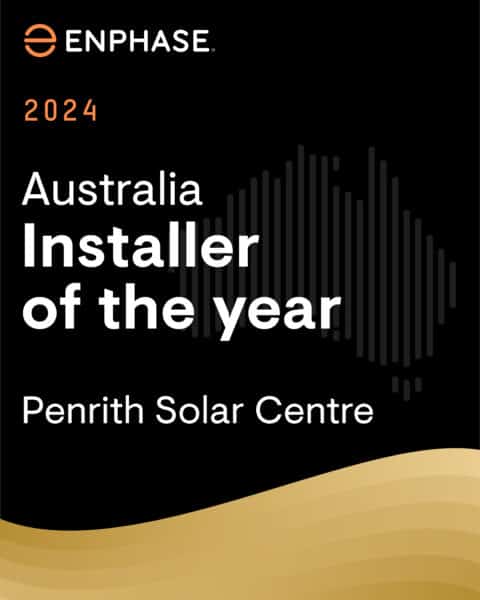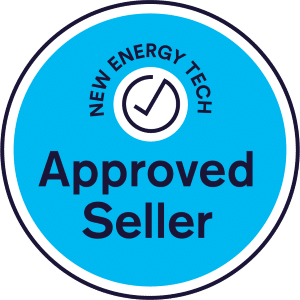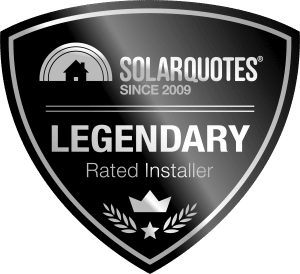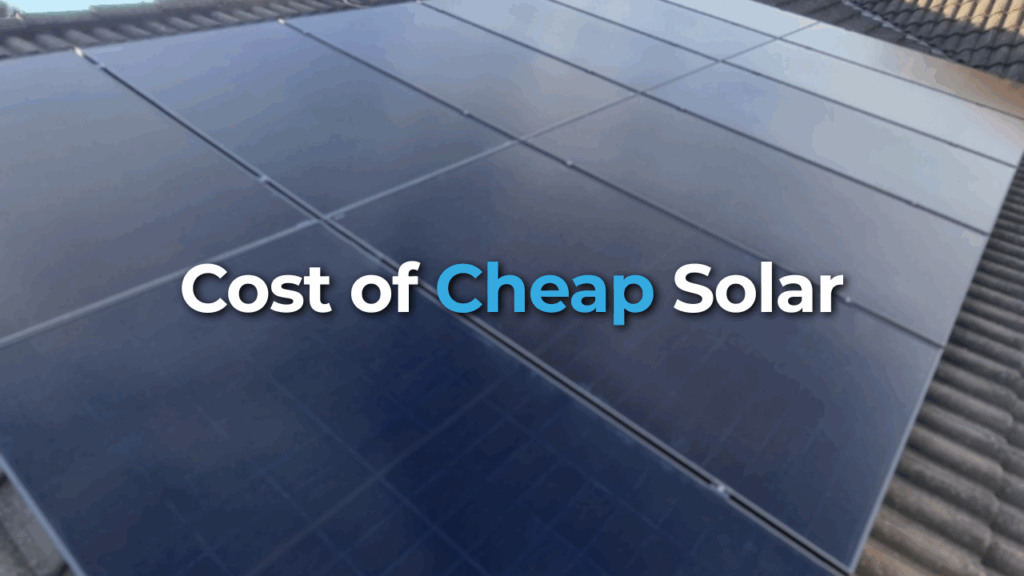
You want to take control of your energy costs and reduce your power bills with solar panels. You’ve already gotten three quotes, but eventually you come across a deal that sounds too good to ignore.
It’s a solar panel system with a modest battery at half the price of what others are quoting. Why is that?
At PSC Energy, we’ve seen the inside of dozens of homes with solar installation problems. Sometimes, it’s panels that don’t last, inverters that burn out, or installers who disappear after the job. When people chase the cheapest solar or battery installation, they often end up paying twice; once for the cheap job, and again to fix it.
In this article, you’ll learn about the following:
- Why Some Solar & Battery Quotes Seem So Cheap
- What Actually Happens When You Go Cheap with Your Solar Panel Installation
- Hidden Costs of Fixing a Bad Solar Panel Installation
- Signs of a Quality Solar Panel and Battery Installation
- FAQ: Cheap Solar Panel and Battery Systems
By the end of this article, you’ll learn exactly why that happens, how to spot the warning signs, and how to get a system that works without blowing your budget.
Why Some Solar & Battery Quotes Seem So Cheap
When you get a solar or battery quote that’s far cheaper than the others, there’s a reason. It isn’t because that company has found a magical way to offer the same quality for less. It’s usually because they’ve cut corners somewhere important.
There are five main places where cheap providers cut costs: hardware, labour, compliance, support, and warranty cover. Let’s look at each one.
1. Low-Quality Hardware
Cheap quotes often use low-cost panels, batteries, and inverters from unknown brands. These parts might look fine on paper, but they usually don’t last.
Many haven’t been in the Australian market long enough to prove themselves in our weather. They break down faster, lose efficiency quickly, or just stop working without warning.
Batteries are especially risky. A cheap solar battery might not cycle properly, might not give you full usable capacity, or might degrade far faster than expected. If you’re being offered a full solar and battery install for a cheap price, it likely includes low-end hardware that won’t hold up.
2. Poor Labour Standards
Most solar companies in Australia are solar sales companies that hire low-paid subcontractors to install the system. These subcontractors are pushed to get the job done fast, not correctly.
In many cases, they’re not full-time employees, so there’s little accountability if something goes wrong. You may not even know who installed your system.
In solar, the way your system is installed matters just as much as the gear itself. A poor installation can void warranties, cause electrical problems, or lead to safety issues. In some cases, dodgy wiring has led to fires.
3. Non-Compliance With Industry Standards
Every solar and battery installation in Australia must meet specific standards. These cover wiring, safety, product quality, and connection to the grid. Cheap installers don’t always follow the rules. Some skip steps in the inspection process, while others forge documents to make it look compliant when it’s not.
If your installation isn’t compliant, you risk not being able to claim government rebates. You also risk being denied service by your energy retailer.
4. No Support After the Installation
Cheap solar companies often disappear within a few years or even months. Once they’ve done your job and collected payment, you may never hear from them again. If your inverter fails or your battery stops charging, you’re on your own.
A 25-year panel warranty sounds great until you try to claim it and realise the company is gone. Many cheap providers offer what seem like good warranties, but solid companies do not back them. Some rely on offshore brands with no presence in Australia. Others provide “warranties” that are actually riddled with loopholes.
This is one of the biggest traps. People think they’re covered, but they’re not.
If you’re interested in learning a bit more about solar panels and energy systems, you might want to check out the following article titled, Are Solar Panels Worth It in NSW, Australia? A Price Breakdown for 2025.
What Actually Happens When You Go Cheap with Your Solar Panel Installation
When homeowners choose the cheapest solar or battery system, things often start well. The panels go up, the app works, and the battery shows it’s storing energy. But over time, problems begin to surface.
Here’s what can go wrong:
1. Your System Underperforms
A common problem with cheap systems is poor energy production. The panels might be installed in the wrong direction or at the wrong angle. Shading might not have been considered, or the inverter might not be the correct size.
These mistakes mean you won’t generate as much electricity as expected. Your savings will be lower than what you were promised.
2. Your Battery Doesn’t Work Properly
Many cheap battery systems fail to deliver. Some don’t charge fully, or they lose charge quickly or don’t last through the evening. In some cases, batteries show full on the app but don’t power the house properly.
3. Your Inverter Fails Early
The inverter is the heart of a solar system. Cheap inverters often fail after only a few years. When they break, your panels stop converting sunlight into electricity. Replacing an inverter can cost thousands, and that’s only if someone is willing to fix the system.
4. You Can’t Claim Your Warranty
If the system fails, you might try to use the warranty. But here’s what often happens:
- The company no longer exists.
- The brand isn’t supported in Australia.
- The installer blames the product.
- The manufacturer blames the installer.
- The warranty doesn’t cover what’s broken.
You end up paying out of pocket for repairs or a full replacement.
5. No One Will Touch It
Some electricians won’t repair or service systems they didn’t install. Others refuse to work on poor-quality setups because it’s too risky or difficult. You might struggle to find anyone willing to help, and if you do, they may charge more to fix someone else’s mess.
If you’re interested in learning a bit more about weighing the cost of solar against the cost of the grid, you might want to check out the following article titled, Cost of Solar Panels vs. Cost of Energy from the Grid.
Hidden Costs of Fixing a Bad Solar Panel Installation
When a cheap solar or battery system fails, the cost to fix it often surprises homeowners. It’s not just about replacing one part. In many cases, you’re dealing with layers of problems, and each one adds time, stress, and money.
Here’s what the real cost looks like when you have to fix a bad installation.
1. Troubleshooting Takes Time and Money
Before anyone can fix your system, someone must figure out what’s wrong. That might mean multiple callouts, inspections, and testing. Most electricians charge a callout fee, and some charge hourly.
If the system was poorly installed or non-compliant, the fault may not be obvious. Diagnosis alone can cost you hundreds of dollars.
2. Replacement Parts Can Be Hard to Find
Cheap systems often use parts from brands that don’t operate in Australia. If your inverter or battery fails, you might not be able to replace it with the same model.
That means you either need to track down a compatible part from overseas or replace the entire unit. If the system design is outdated or the wiring was custom, you may also need to upgrade your switchboard.
3. Re-Installation Isn’t Just Plug-and-Play
Fixing a bad system isn’t as simple as swapping out the broken bits. Many electricians won’t work on non-compliant systems, so even if you find someone to do it, they might require a complete reinstallation. That can include:
- Rewiring to meet standards.
- Replacing isolators and safety switches.
- Relocating panels or batteries.
- Re-submitting paperwork to the Clean Energy Regulator.
These extra steps can add thousands to the final bill.
4. You Might Lose Your Government Rebate
Simply replacing panels on an existing system without replacing the inverter usually doesn’t qualify for a new STC claim (the government rebate). If the job needs redoing, you may not be eligible to claim it again, depending on how it’s installed. That money might be gone.
5. You May Need to Pay for Removal
Some systems are so poorly installed that they need to be removed entirely. That might involve taking down panels, uninstalling the inverter and battery, patching roof penetrations, and clearing the site for a new install.
That alone can cost between $1,000 and $3,000, depending on the system size.
6. Emotional and Time Cost
There’s also the personal toll. Chasing installers, contacting the manufacturer, calling consumer protection, researching your rights, and waiting for repairs. This process drags on, and all the while, your energy bills are still climbing.
It’s Often Cheaper to Start Fresh
By the time all this adds up, you may have spent more than you would have on a quality system from the beginning. In many cases, homeowners end up starting from scratch with a better installer, better products and a proper warranty.
If you’re interested in solar batteries, you might want to check out the following article titled, Are Solar Batteries Worth It in NSW? PSC’s Ultimate Guide for 2025.
Signs of a Quality Solar Panel and Battery Installation
A good solar and battery system won’t be the cheapest quote you get, but it will be the one that saves you money over time, works when you need it, and gives you real peace of mind. When comparing quotes, don’t just look at price. Look at the details behind it.
Here’s what you should look for in a quality solar and battery install:
1. Trusted Product Brands
Good installers use proven, well-supported products. That includes:
- Solar panels from known manufacturers with strong Australian support.
- Inverters with local service teams and long performance histories.
- Batteries that are CEC-approved and have real-world testing in Australian conditions.
Ask your installer which brands they use and why.
2. Clear, Transparent Quotes
A quality quote is detailed. It lists each product by brand and model. It shows system size, estimated performance, and expected savings. It includes warranty information, installation costs, and any extra charges. There are no vague promises or big claims without proof.
3. CEC-Accredited installer
In Australia, your solar system must be installed by a Clean Energy Council-accredited installer to qualify for government rebates.
4. Real Warranties, Backed by Local Support
Good systems come with real warranties that are easy to claim. That means:
- Panel performance warranty (usually 25 years).
- Product warranty on panels, inverters, and batteries (10+ years).
- Workmanship warranty from the installer (typically 5–10 years).
Importantly, these warranties should be backed by companies with offices or distributors in Australia. If something goes wrong, you need to be able to contact someone fast.
5. Proper System Design for Your Home
Every home is different. A quality installer will:
- Visit your home.
- Check your roof angle, orientation, and shading.
- Ask about your energy usage and goals.
- Recommend a system that matches your needs.
They won’t offer a one-size-fits-all package. They’ll tailor it to your home and explain the reasoning if they don’t; find someone who does.
6. Post-Installation Support
The best companies stick around. They offer system monitoring, maintenance options, and help if something goes wrong. Ask what happens after the installation. If the company doesn’t have a transparent support process, that’s another warning sign.
7. Strong Reviews and Long-Term Presence
Look for companies with years of experience and solid reviews. Check third-party websites like Google Reviews or SolarQuotes. Look for consistent praise about service, communication, and long-term performance. Be wary of companies that have only recently received reviews or have changed names multiple times.
If you’re interested in learning a bit more about the price of solar batteries, you might want to check out the following article titled, How Much Are Solar Batteries? A Full Breakdown of Prices, Rebates, and Value in 2025.
Wrapping Things Up: What It Means to Get Value from Your Solar Investment
Cheap solar systems often look good on the surface, but the reality behind them is messy, expensive, and frustrating. The actual cost is rarely the number on the quote. It’s the money you pay when things go wrong, the time you spend chasing answers, and the stress of dealing with something that should have been simple.
You don’t need to overspend to get a good system. You just need to avoid falling into the trap of buying on price alone.
At PSC Energy, we know that this isn’t just about getting solar. It’s about choosing the right partner and the right products. You’re not just buying panels. You’re purchasing long-term savings and support. The lowest price won’t give you that, but we will. It’s what we do.
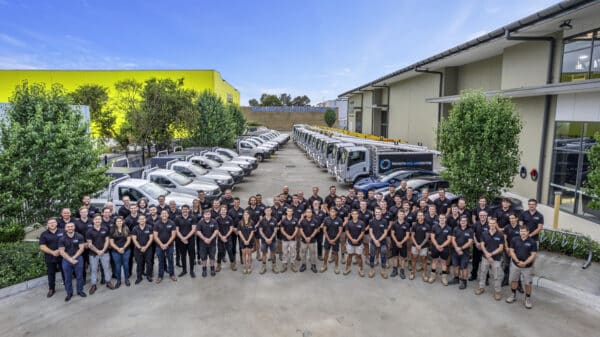
If you’re interested in learning a bit more about the federal solar rebate, also known as the Federal Cheaper Home Batteries Program, you might want to check out the following article titled, What the 2025 Federal Election and the Government Rebate Means for Solar Batteries in Australia.
FAQ: Cheap Solar Panel and Battery Systems
Is it bad to choose the cheapest solar system?
Yes. Cheap solar systems often use low-quality parts, poor installation practices, and unreliable service. They may stop working early, and cost you more to fix or replace. You could end up paying twice when the cheap system needs replacing.
Why are some solar quotes so much cheaper than others?
Cheaper solar quotes usually cut costs by using low-end panels, inverters, or batteries. They may also skip essential safety steps, hire unqualified installers, or leave out support and warranty services.
What are the risks of buying a cheap solar battery?
Cheap solar batteries may not charge fully, lose power too fast, or break down early. Many don’t come with strong support or real warranties, so if something goes wrong, you’ll have to pay for repairs yourself.
What does a quality solar and battery installation include?
A good installation includes trusted product brands, CEC-accredited installers, clear warranties, strong aftercare, and a design that fits your home and usage. It also meets all Australian safety standards.
How much should I expect to pay for a good solar and battery system in Australia?
As of 2025, a quality solar and battery system for a typical home costs between $8,000 and $18,000. Prices vary based on your energy use, roof size, and battery type.
How can I check if a solar installer is qualified?
Make sure they are accredited by the Clean Energy Council (CEC). You can search their name or business on the CEC website. Only accredited installers qualify for rebates.
What should I ask before choosing a solar installer?
Ask about their CEC accreditation, product brands, warranty terms, past reviews, who does the install, and what happens if the system fails.
Do cheap solar systems affect my rebate or warranty?
Yes. If a qualified professional doesn’t install the system or doesn’t meet Australian standards, you may lose your government rebate. Warranties can also be void if rules aren’t followed.
What’s the best way to avoid getting ripped off when buying solar?
Compare quotes carefully. Check brand names, warranties, and who will install the system. Avoid high-pressure sales and deals that seem too good to be true. Focus on long-term value, not the lowest price.

